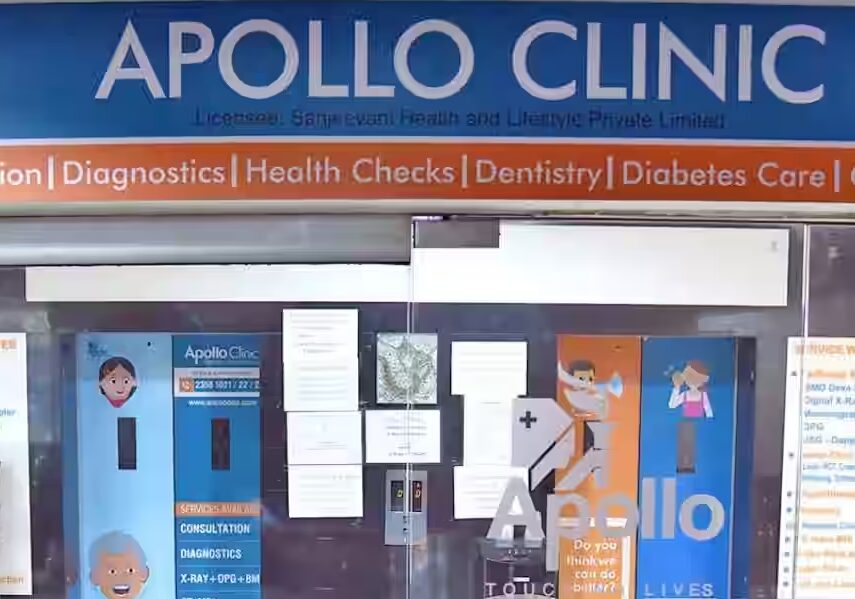
Key Takeaways
- Robotic systems are enhancing precision and patient outcomes in orthopedic surgeries.
- Advancements in technology are expanding the applications of robotics in orthopedic procedures.
- Collaborations between medical device companies and technology firms are driving innovation in the field.
Table of Contents
- Introduction
- Advancements in Robotic-Assisted Surgery
- Impact on Patient Outcomes
- Expanding Applications in Orthopedic Procedures
- Collaborations Driving Innovation
- Future Outlook
- Conclusion
The intersection of advanced robotics and orthopedic surgery is fundamentally transforming the way complex musculoskeletal conditions are treated. Surgeons now rely on computer-assisted robotic devices to achieve unprecedented levels of accuracy, ultimately raising the standard of care for joint replacements and spinal procedures. This rapid adoption speaks to the confidence medical professionals have in these technologies, thanks to the compelling evidence supporting improved outcomes. Leading solutions like Mako Robotics underscore how precision-guided technology prepares surgeons to plan and execute surgeries with exceptional reliability. By integrating advanced imaging and artificial intelligence, robotic systems offer personalized approaches tailored to each patient. As more hospitals and orthopedic clinics adopt these systems, patients are benefiting from procedures that reduce variability and shorten recovery time while maximizing implant lifespan.
Interest in robotic orthopedics has increased significantly, driven by the need to overcome the limitations of traditional methods, such as implant misalignment and extended hospital stays. Robotics enables minimally invasive, predictable procedures, which are crucial for surgeries where precision impacts long-term results. Major healthcare systems and manufacturers are heavily investing in advancements to enhance surgical efficiency and patient safety. As more data becomes available, robotic-assisted surgery is increasingly favored by orthopedic teams worldwide.
Advancements in Robotic-Assisted Surgery
Significant advancements in technology have propelled robotic-assisted surgery into mainstream orthopedic practice. Modern systems now offer sophisticated preoperative planning tools and real-time intraoperative feedback, enabling surgeons to achieve greater precision in bone preparation and implant placement during hip and knee replacements. Recent regulatory approvals expanding robotic applications to more complex procedures, such as hip revision surgeries, highlight the rapid evolution and growing trust in these technologies.
In addition, augmented reality is increasingly used in conjunction with robotics, providing surgeons with enhanced visualization of patient anatomy and facilitating more informed intraoperative decision-making. Newer generations of robots incorporate AI-powered data analysis to further customize surgeries, which not only improves outcomes but also helps in surgical training and workflow optimization. The spectrum of orthopedic applications is widening, from total joint replacements to spine surgeries and trauma corrections, reflecting continuous investment in research and development.
Impact on Patient Outcomes
Robotic-assisted surgery fundamentally transforms the patient experience in several key ways. The increased precision of robotic systems consistently leads to fewer complications, lower revision surgery rates, and longer-lasting implants. In knee and hip replacements, robots reduce the risk of misalignments that can cause pain or early implant failure. Peer-reviewed research shows that patients undergoing robotic-assisted procedures tend to have shorter hospital stays and smoother recoveries. Robotic guidance provides consistent results and reduces the risks linked to manual techniques. As more surgeons adopt these tools, it is expected that patient satisfaction scores will keep improving due to less discomfort and quicker healing.
Expanding Applications in Orthopedic Procedures
The promise of robotics is no longer confined to adults or routine joint replacements. Ochsner Children’s Hospital in Louisiana marked a historic milestone by performing the state’s first robotic-assisted pediatric spine deformity surgery using the ExcelsiusGPS robotic platform. This breakthrough is particularly significant because pediatric orthopedic conditions often pose unique anatomical and physiological challenges. For Link Building Services.
As technology advances, the number of procedures amenable to robotic assistance is rapidly increasing. Spine surgeries, complex reconstructions, and revision operations are now regularly performed with the support of robotic technology. These innovations enable surgeons to tackle complex cases with increased confidence, resulting in not only functional but also cosmetic outcomes, which is especially important for younger patients and those with lifelong orthopedic challenges.
Collaborations Driving Innovation
Innovation in orthopedic robotics is driven by the intersection of medical expertise and cutting-edge tech development. Strategic partnerships are fueling breakthroughs that otherwise would not be possible in isolation. Zimmer Biomet’s $177 million acquisition of Monogram Technologies focuses on expanding its surgical robotics portfolio, especially in semi- and fully autonomous operations. Monogram’s semi-autonomous knee replacement system, now FDA approved, exemplifies how collaboration between companies sparks rapid advancement and market adoption. Beyond mergers and acquisitions, alliances between academic research groups, technology giants, and medical device firms are supporting ongoing product development, clinical trials, and usability improvements. These ecosystems are crucial for accelerating the pace of discovery and ensuring that technological advancements translate into patient-centric solutions.
Future Outlook
The trajectory of orthopedic robotics suggests that it will soon become the gold standard worldwide. Market researchers predict that the orthopedic robotics sector will reach $19 billion by 2034, driven by the aging population’s demand for joint restoration and the increasing prevalence of arthritis. The integration of AI and machine learning is expected to usher in a new era where data-driven insights provide real-time feedback, personalize surgical planning, and anticipate patient-specific risks. Looking ahead, as machine learning algorithms are integrated into robotic systems, surgeons will gain even more powerful tools for intraoperative guidance, quality assurance, and postoperative monitoring. These enhancements aim to make care safer, less invasive, and more accessible, setting a new benchmark for musculoskeletal treatment worldwide.
Conclusion
Robotics is transforming orthopedic surgery with its capacity for unparalleled precision, customized patient care, and continuous technological evolution. The ongoing commitment to collaboration among device manufacturers, technology innovators, and healthcare teams ensures that the benefits of robotic-assisted procedures will reach a broader range of patients in the coming years. As the field advances, patients and practitioners alike can look forward to a future where orthopedic surgery is safer, quicker, and more successful than ever before.

